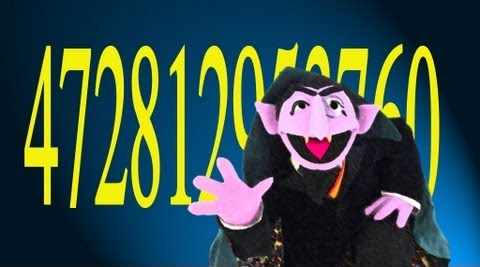A number $$v \in \mathbb{N_0}$$ is a vampire number if it has an even number of digits $$n$$ and if it can be factored into two natural numbers $$x$$ and $$y$$ each having $$n/2$$ digits. The integers $$x$$ and $$y$$ cannot both have trailing zeroes, and $$v$$ must contain precisely all digits from $$x$$ and $$y$$, in any order. The integers $$x$$ and $$y$$ are called the fangs of the vampire number $$v$$.

For example, 1260 is a vampire number with 21 and 60 as fangs, since $$21 \times 60 = 1260$$. However, 126000 (which can be expressed as $$21 \times 6000$$ or $$210 \times 600$$) is not a vampire number, as 21 and 6000 do not have the correct length, and both 210 and 600 have trailing zeroes. Similarly, 1023 (which can be expressed as $$31 \times 33$$) is not a vampire number, as although 1023 contains all the digits of 31 and 33, the list of digits of the factors does not coincide with the list of digits of the original number.
Input
An integer $$v \in \mathbb{N_0}$$.
Output
A line containing a description that tells whether the number $$v$$ is a vampire number, following the format as given in the examples below.
Example
Input:
1260Output:
1260 is a vampire number.Example
Input:
1023Output:
1023 is not a vampire number.